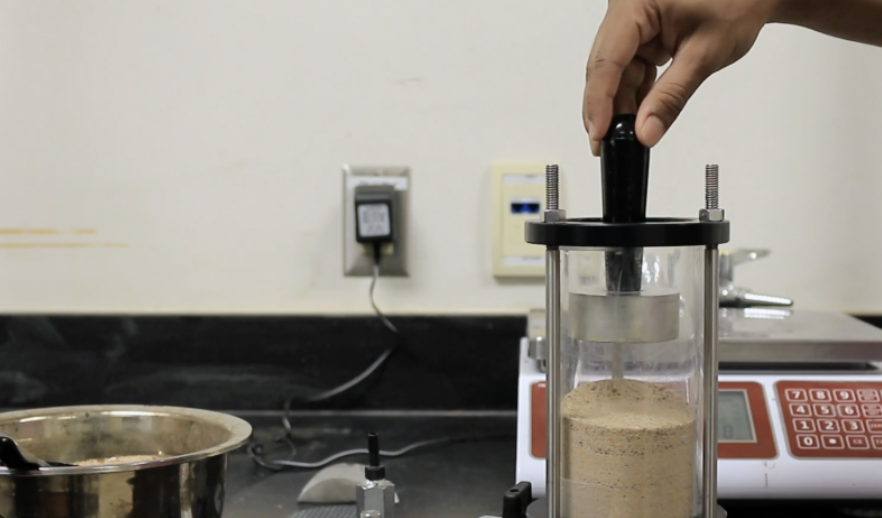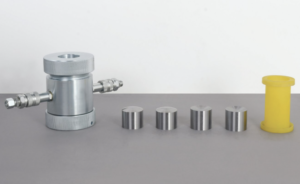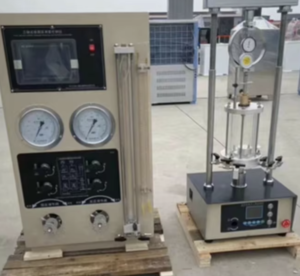Soil Permeability Test: All You Need To Know
Soil permeability significantly influences geotechnical engineering projects, from foundations to drainage systems. A thorough understanding of permeability and accurate testing methods are essential for reliable design. This guide covers everything you need to know about soil permeability tests, methods, procedures, and result interpretation.
What Is Soil Permeability and Why Is It Important?
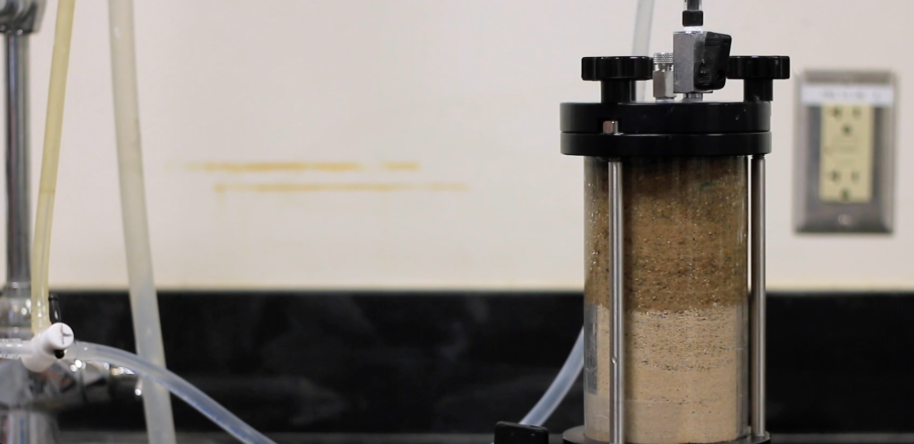
Soil permeability refers to the ability of water or other fluids to flow through soil pores. Understanding permeability is critical for engineers and environmental scientists because it impacts:
- Drainage efficiency: Controls flooding and water management.
- Stability: Influences slope stability and earthworks.
- Environmental safety: Governs groundwater contamination risks.
| Loại đất | Permeability Level | Typical Engineering Use |
|---|---|---|
| Gravel and sand | Cao | Drainage layers, rapid filtration |
| Silt | Vừa phải | General earthworks |
| Clay | Thấp | Containment structures, liners |
What Are the Main Soil Permeability Testing Methods?
There are two primary categories of permeability tests: laboratory and field tests.
Laboratory Tests:
- Constant Head Test1: Ideal for coarse-grained soils (sand and gravel).
- Falling Head Test2: Best suited for fine-grained soils (clay and silt).
Field Tests:
- Pump Tests3: Evaluate permeability over large soil areas.
- Borehole Tests: Quick field evaluations for localized sites.
| Phương pháp | Suitable Soil Types | Accuracy Level |
|---|---|---|
| Constant Head | Sands and gravels | Cao |
| Falling Head | Silts and clays | Moderate-high |
| Pump/Borehole Tests | All soils (in situ) | Vừa phải |
How Do You Perform a Laboratory Permeability Test?
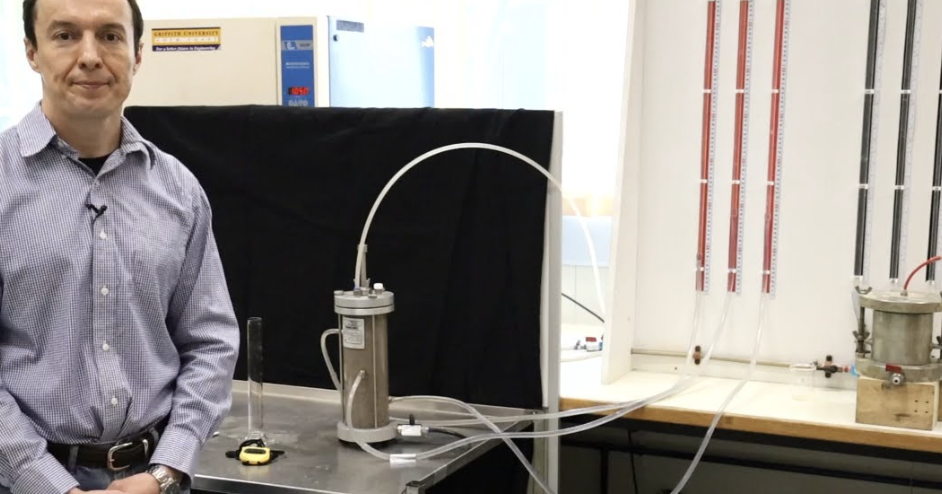
Constant Head Test Procedure:
- Prepare sample: Fill soil into permeability cell4 uniformly.
- Apply water: Maintain a constant water head5 (pressure difference).
- Measure outflow: Record the volume of water flowing through over time.
- Calculate permeability (( k )) using Darcy’s Law:
[k = \frac{Q \cdot L}{A \cdot h \cdot t}]
- ( Q ): Volume of water
- ( L ): Soil sample length
- ( A ): Cross-sectional area
- ( h ): Water head difference
- ( t ): Time of flow
Falling Head Test Procedure:
- Set up soil sample: Compact fine-grained soil in permeability apparatus.
- Establish water level: Fill standpipe to initial known level.
- Monitor fall: Record water level drop over time.
- Calculate permeability:
[k = \frac{a \cdot L}{A \cdot t} \ln\frac{h_1}{h_2}]
- ( a ): Standpipe cross-sectional area
- ( h_1, h_2 ): Initial and final water head levels
How Are Permeability Results Interpreted in Design?

Permeability data6 directly informs engineering designs. Results typically classify soil into permeability categories used for various applications:
| Permeability Range (cm/sec) | Classification | Engineering Applications |
|---|---|---|
| > 10⁻³ | High permeability | Drainage systems, filtration |
| 10⁻³ to 10⁻⁵ | Vừa phải | Earthworks, slope stability |
| < 10⁻⁵ | Thấp | Liner and containment structures |
These interpretations guide decisions on:
- Drainage design7: Choosing appropriate drainage measures.
- Foundation stability8: Ensuring long-term structural safety.
- Environmental measures: Preventing contamination spread.
Phần kết luận
Understanding soil permeability through proper testing and interpretation is essential for safe and effective engineering solutions. By applying accurate test methods, engineers ensure that infrastructure projects are stable, efficient, and environmentally sound.
-
Explore this link to understand the Constant Head Test, its applications, and significance in evaluating soil permeability. ↩
-
Discover the Falling Head Test's methodology and its importance in assessing fine-grained soils' permeability. ↩
-
Learn about Pump Tests and their role in evaluating permeability across large soil areas, crucial for construction projects. ↩
-
Exploring how a permeability cell functions will enhance your knowledge of soil testing methods and their applications. ↩
-
Learning about constant water head conditions will help you grasp the principles behind effective permeability testing. ↩
-
Understanding permeability data is crucial for effective engineering designs, influencing drainage, stability, and environmental safety. ↩
-
Exploring drainage design can reveal its critical role in ensuring structural integrity and preventing water-related issues in engineering. ↩
-
Foundation stability is vital for safety; learning more can help in making informed decisions in construction and engineering. ↩

